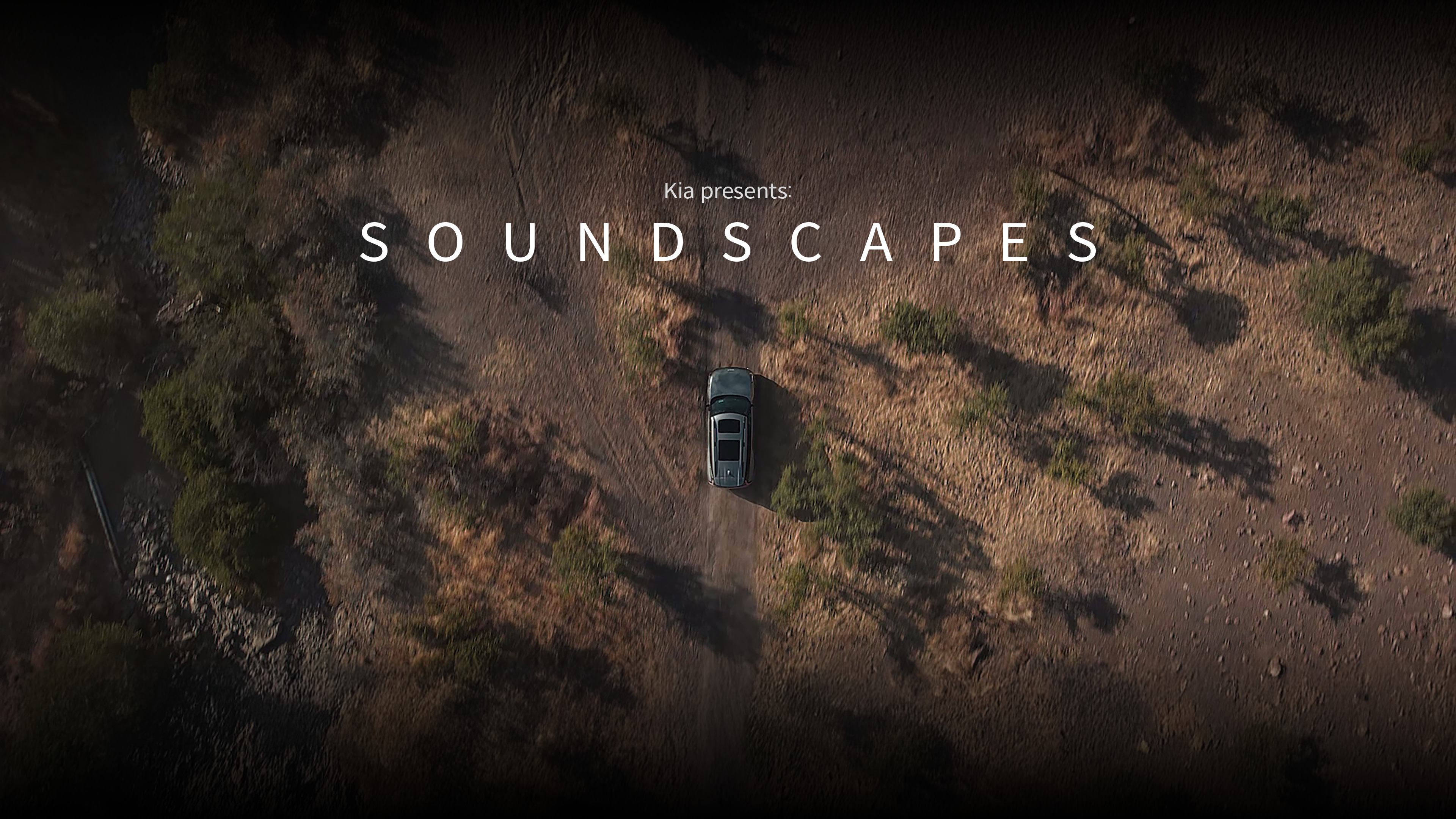
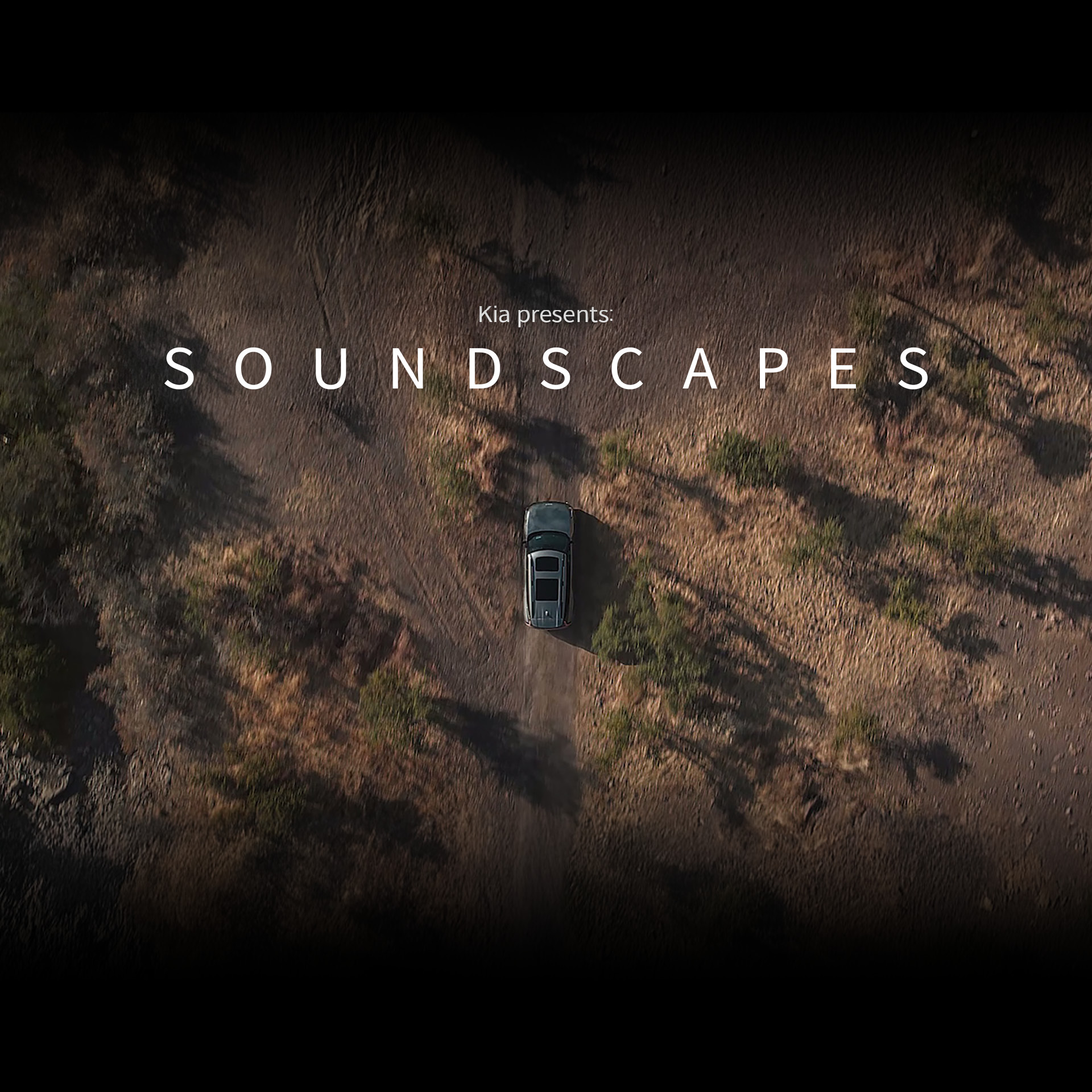


2025.06.05 Kia
Kia believes that movement inspires ideas. That’s why the brand is committed to creating spaces and moments where inspiration can begin. A beautiful landscape encountered on a journey can transform our state of mind - and that, is the power of movement to inspire.
But not everyone can fully access that experience. According to the World Report on Vision released by the World Health Organization (WHO) in 2019, over 252 million people globally live with visual impairments severe enough to prevent them from enjoying scenery. In Korea alone, as of 2024, more than 246,000 people are registered as visually impaired. For these individuals, the way they experience the world is often limited.
Kia believes that everyone deserves the chance to be inspired. That’s why it launched an artistic initiative called Kia Soundscapes—a project that reinterprets the beauty of the world as a symphony. It’s an effort to extend experience beyond sight, allowing nature’s scenery to be perceived through sound.
Soundscapes offer a new sensory gateway. Combining automotive computers, cameras, and advanced AI, Kia Soundscapes reads the surrounding landscape and transforms that data into music. Why music? Research shows that for people who are blind, music stimulates the brain’s visual cortex—enhancing environmental awareness.
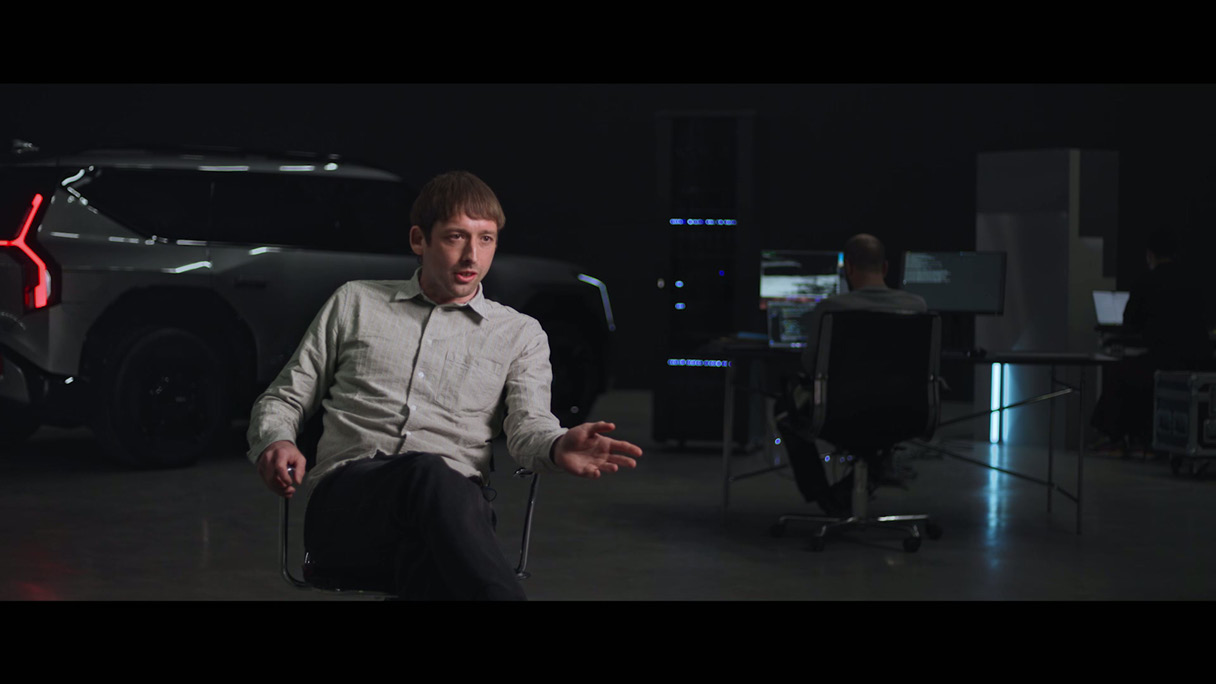
Reading the landscape is essentially about interpreting the shape of nature. Kia employed its Advanced Driver Assistance System (ADAS) to identify natural features like mountains, lakes, rocks, trees, and grass—not just obstacles. Together with data analyst Harald Schaack, Kia enhanced its ADAS cameras to recognize and categorize elements of the natural environment.
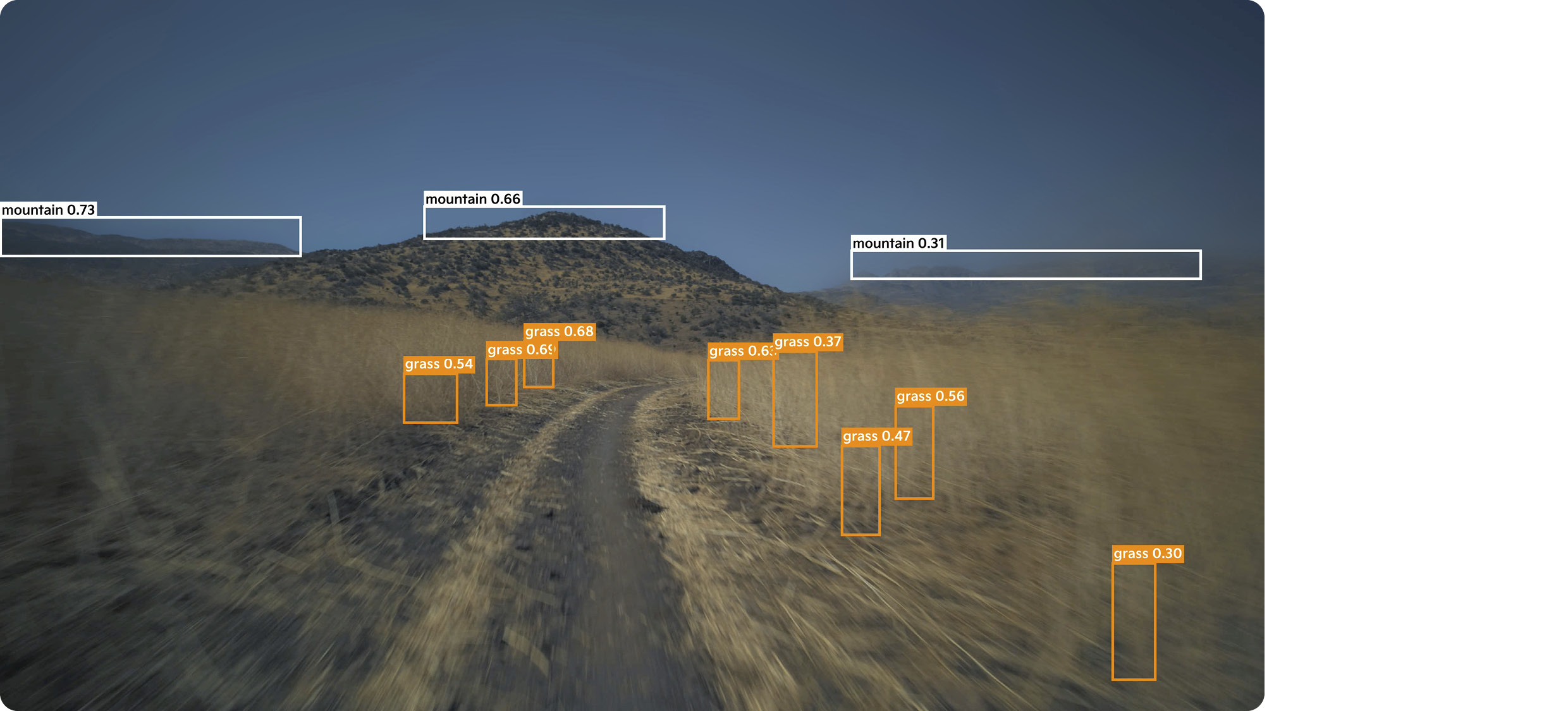
With the help of machine learning, the more images the system sees, the more accurately it identifies environmental components. Kia Europe behind the project explained:
“The first thing we did with Harald was reimagine what an ADAS camera could be. Originally designed for obstacle detection, it now recognizes natural features. This allows the vehicle to map its surroundings in a completely new way.”
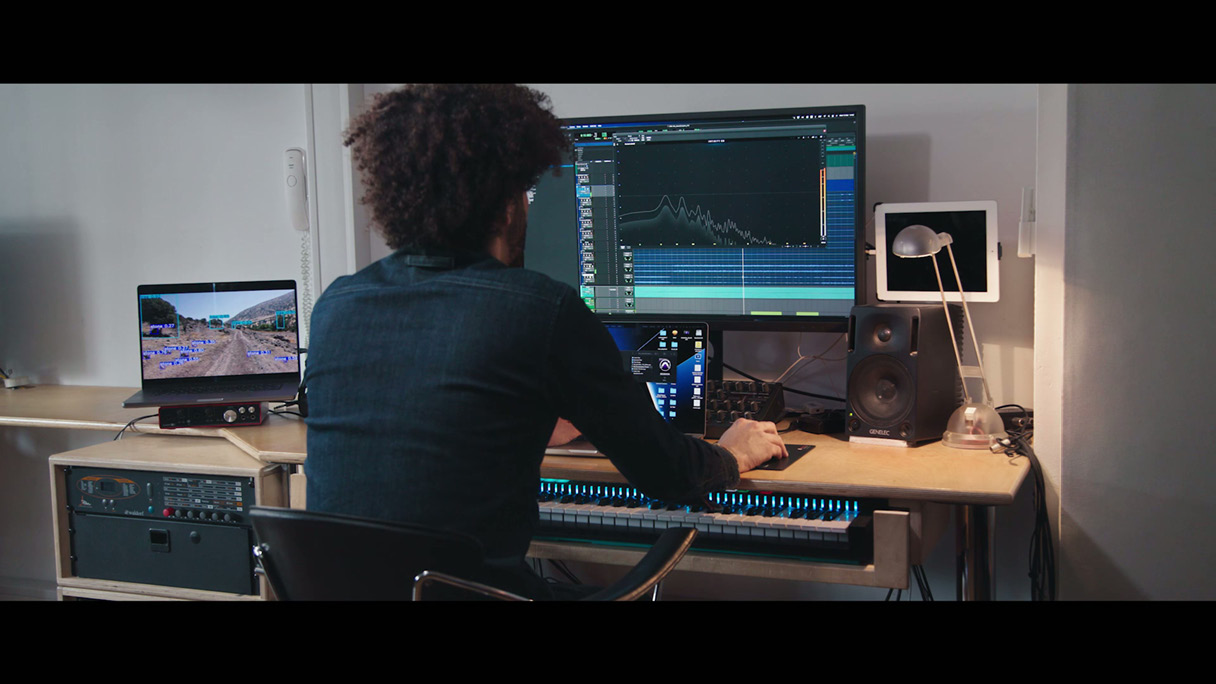
But how do you share that map with someone who can’t see? The answer is sonification—converting visual data into sound. Kia partnered with music producer Wonder Bettin to assign musical instruments to different natural elements. Towering mountains, for instance, are represented by synthesizers. Trees are translated into flutes, oboes, and bassoons.
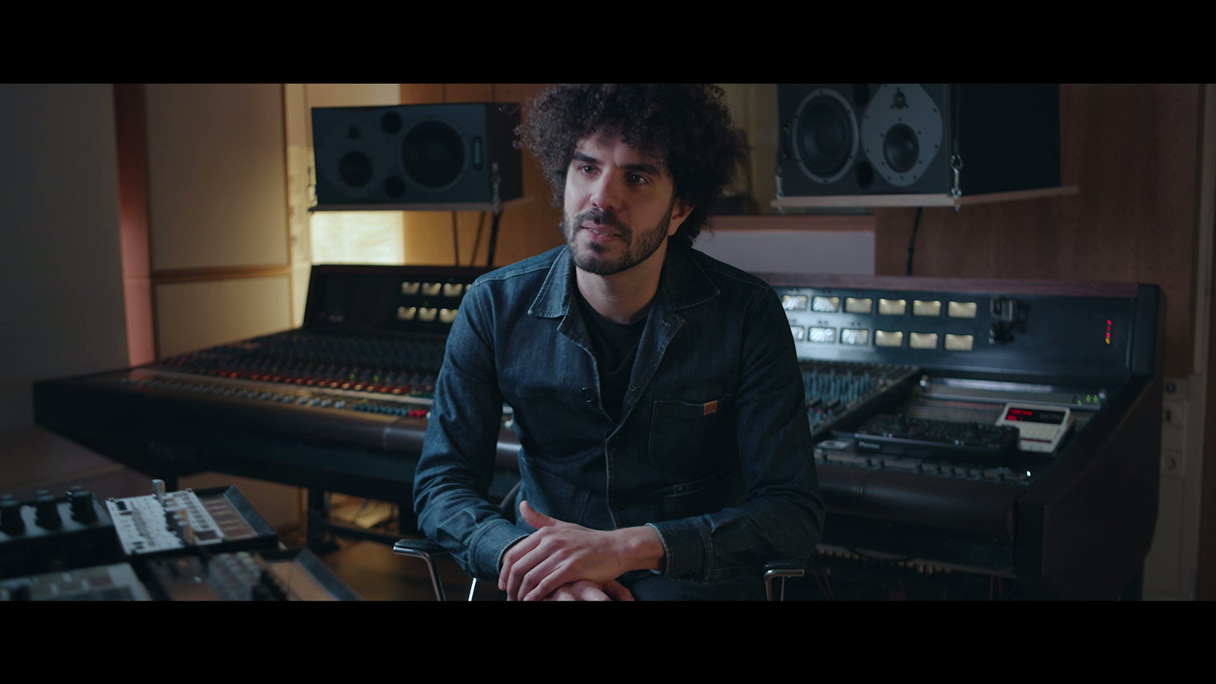
Bettin and Kia carefully selected instruments based on the size, texture, and structure of each natural object. The result is a musical language that transforms nature into symphonic storytelling. Kia chose Bettin for his strong grasp of the brand and his proven creativity:
“Wonder Bettin is a producer at DaHouse Audio. We previously worked with him on the Kia Instrument project, and he brings a deep understanding of our brand. Together, we developed an entirely new language of sound. Each element in nature was paired with a tone designed to stimulate the brain in a way that evokes scale, texture, or movement. This wasn’t about just making beautiful music—it had to be meaningful and des-criptive.”
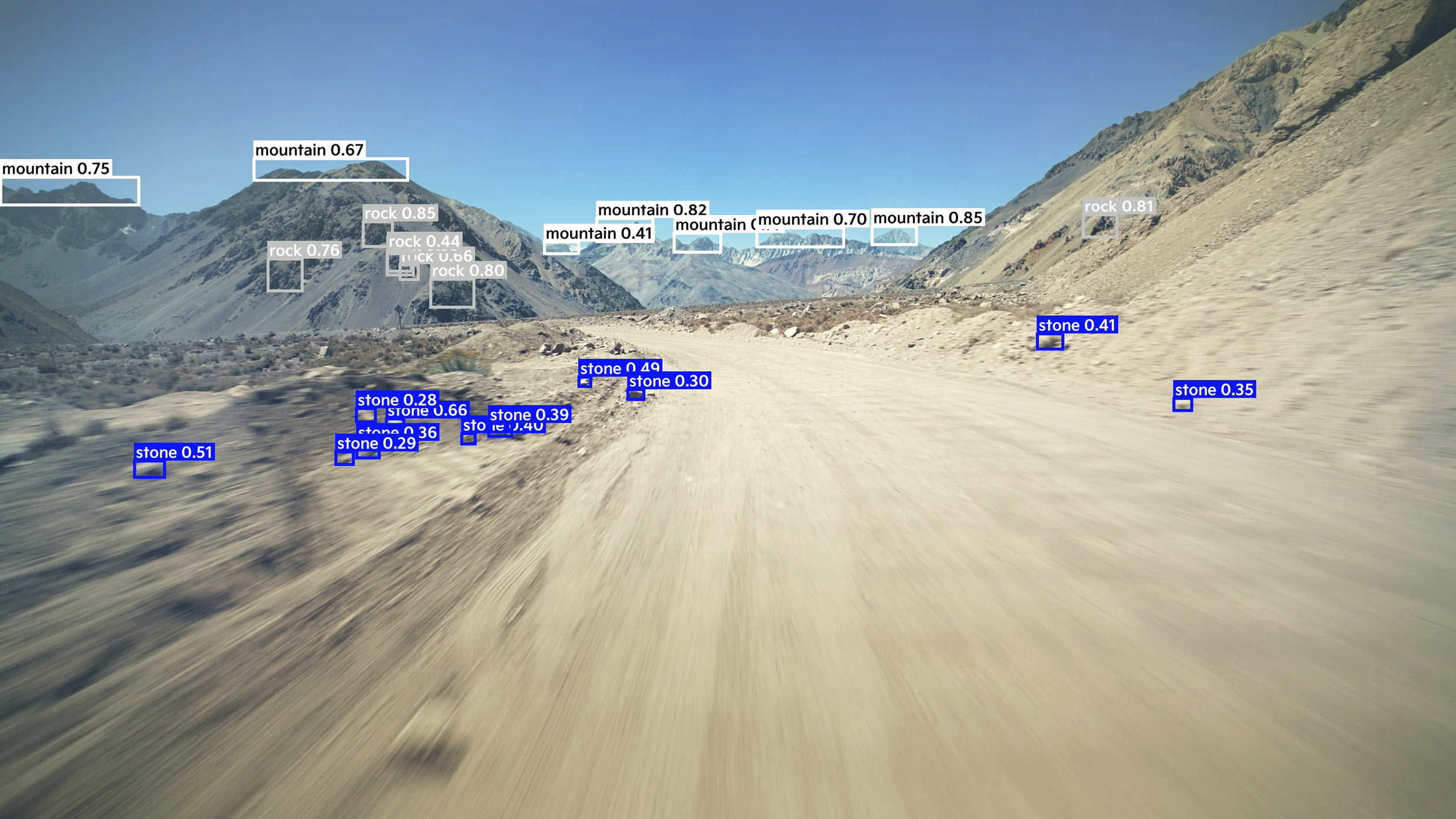
Once the audio vocabulary was in place, Kia and Schaack created a system that combines camera data with sound. When the ADAS camera captures a natural scene, an object detection system classifies it, then passes that information to a generative AI music model.

Here, AI acts like a composer and conductor. When a wide valley appears, it might add low, warm string tones. A rocky terrain could trigger punchy, percussive synths. Trees flanking the road? The AI layers in airy flutes. Every detail of the landscape contributes to a living, evolving composition.

Matching sound to nature isn’t as simple as it sounds. Even within a single type of object, form and scale change perception. So Kia studied how the human brain interprets sound:
“Our goal was to craft an immersive experience that captures the essence of nature through music. The music had to be both des-criptive and subconsciously evocative. We looked at how the brain links specific timbres to concepts like size, flow, and motion. That allowed us to build a unique sonic vocabulary.”
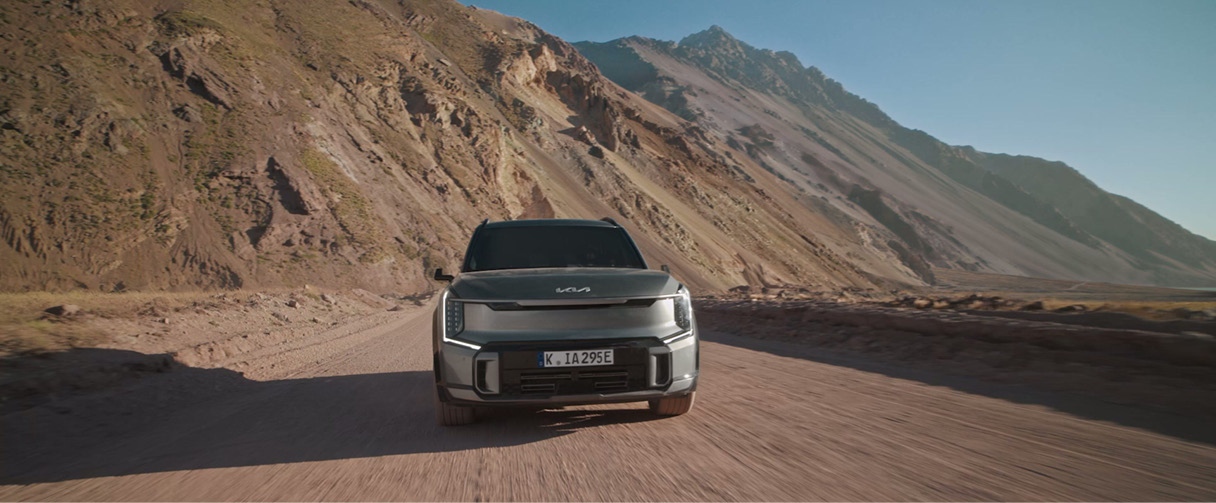
“To express the majesty of mountains, we used low drones and slow-building orchestral swells. For water, we used flowing synths, legato strings, and soft piano arpeggios to reflect its rhythmic, constant motion. Trees were rendered through breathy woodwinds like flutes, oboes, and bassoons - conjuring the rustle of leaves and the movement of air. Each stretch of road has its own distinct musical identity, shaped by the landscape.”
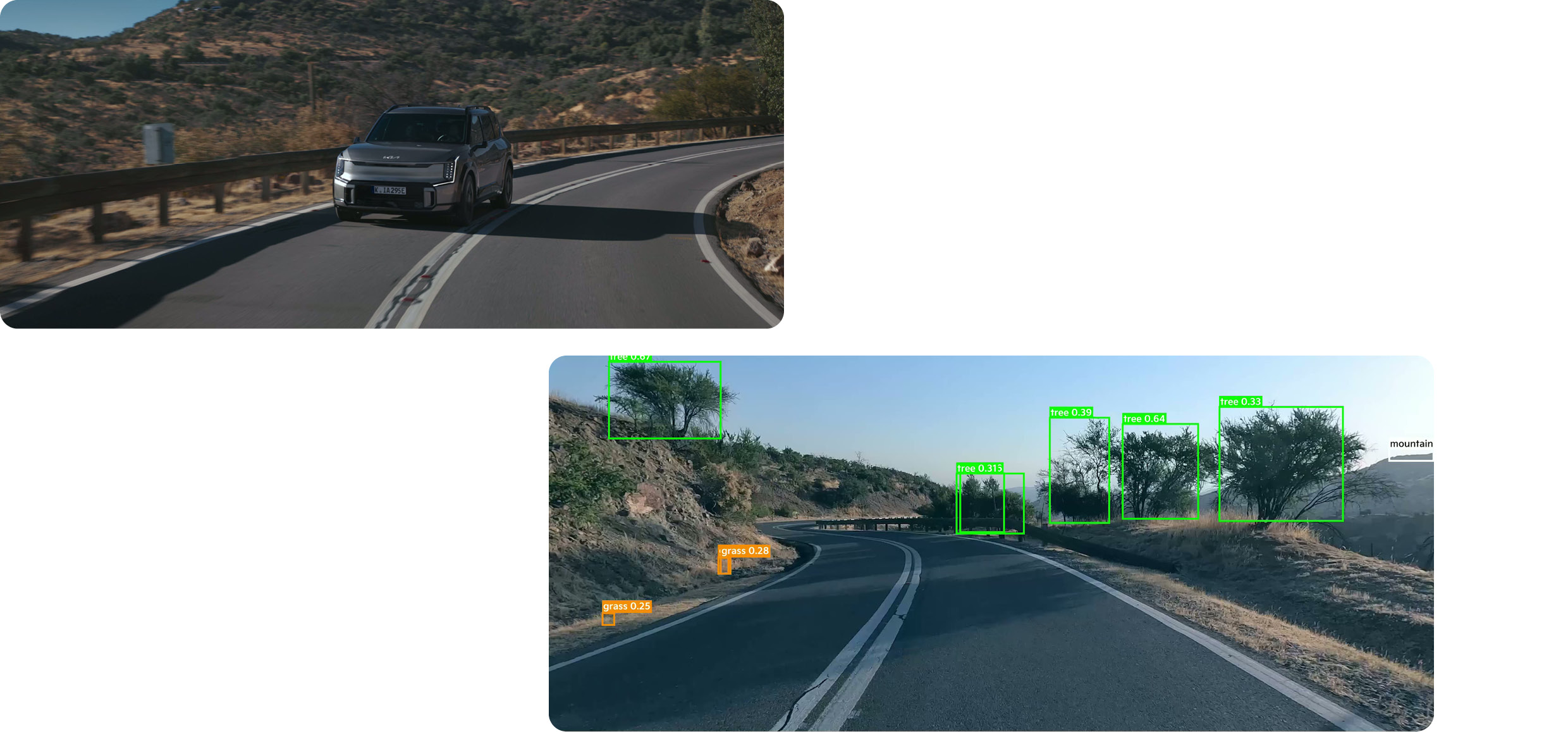
Soundscapes constantly adapts. Even if two roads look similar, the music reflects subtle differences in terrain. It also adjusts tempo to match driving speed, helping passengers feel more immersed in the motion of the journey.
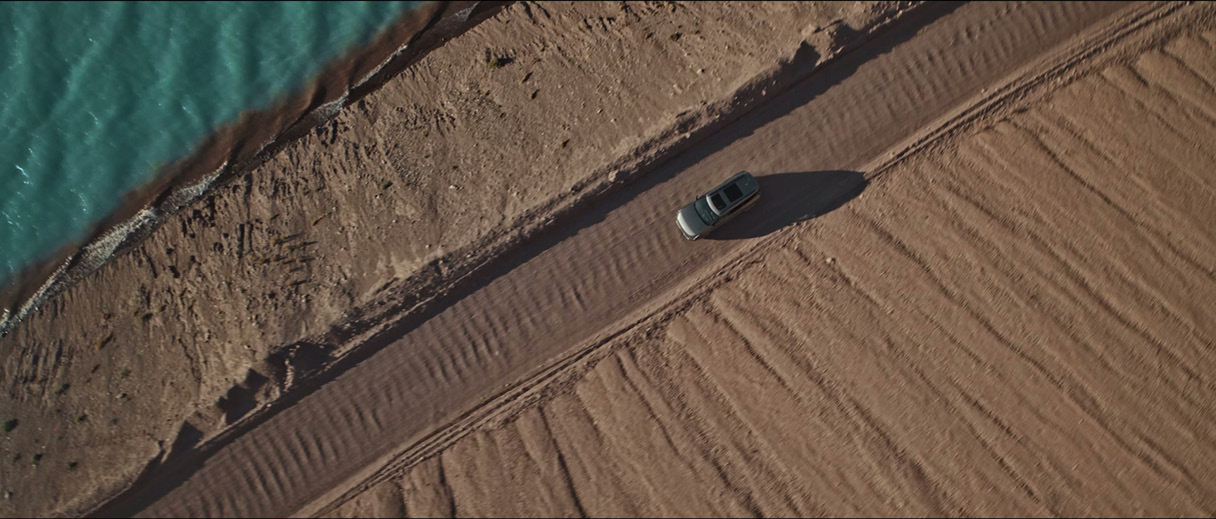
One natural question: what about discord? Cities are structured by design, but nature is inherently irregular. Wouldn’t that cause musical dissonance? The Soundscapes team said that was the point.
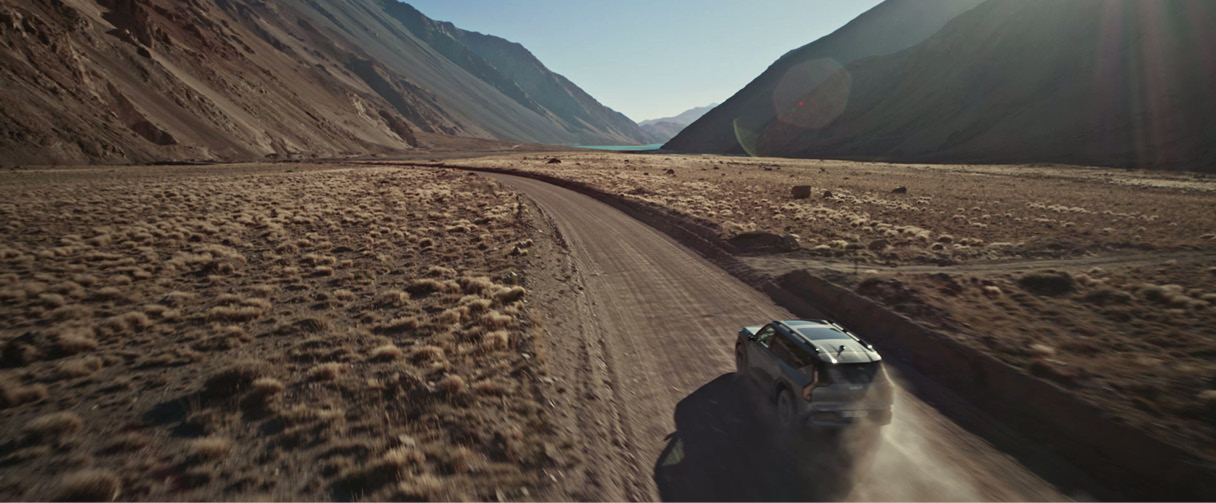
“The goal wasn’t to make something traditionally beautiful. Nature’s beauty lies in its randomness, and removing that would erase the inspiration. The irregularities are what make the experience authentic. Soundscapes helps those who cannot see to understand and feel the world’s natural wonder.”
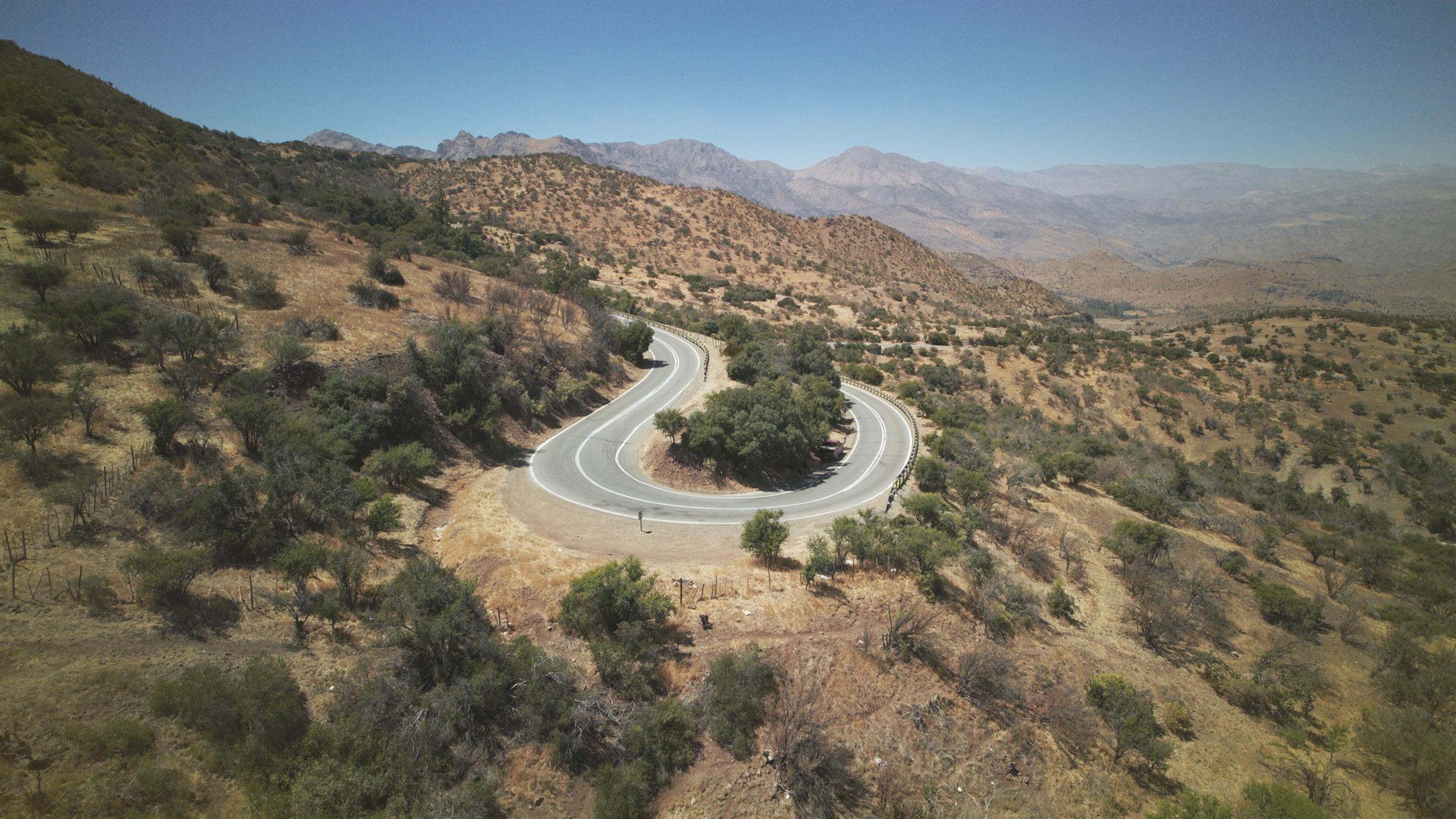
To showcase Soundscapes, Kia filmed a journey with Anne Mok and Danny Kean, both of whom are visually impaired. In the short documentary, they travel through stunning terrain in a Kia EV9, experiencing nature through music instead of sight.
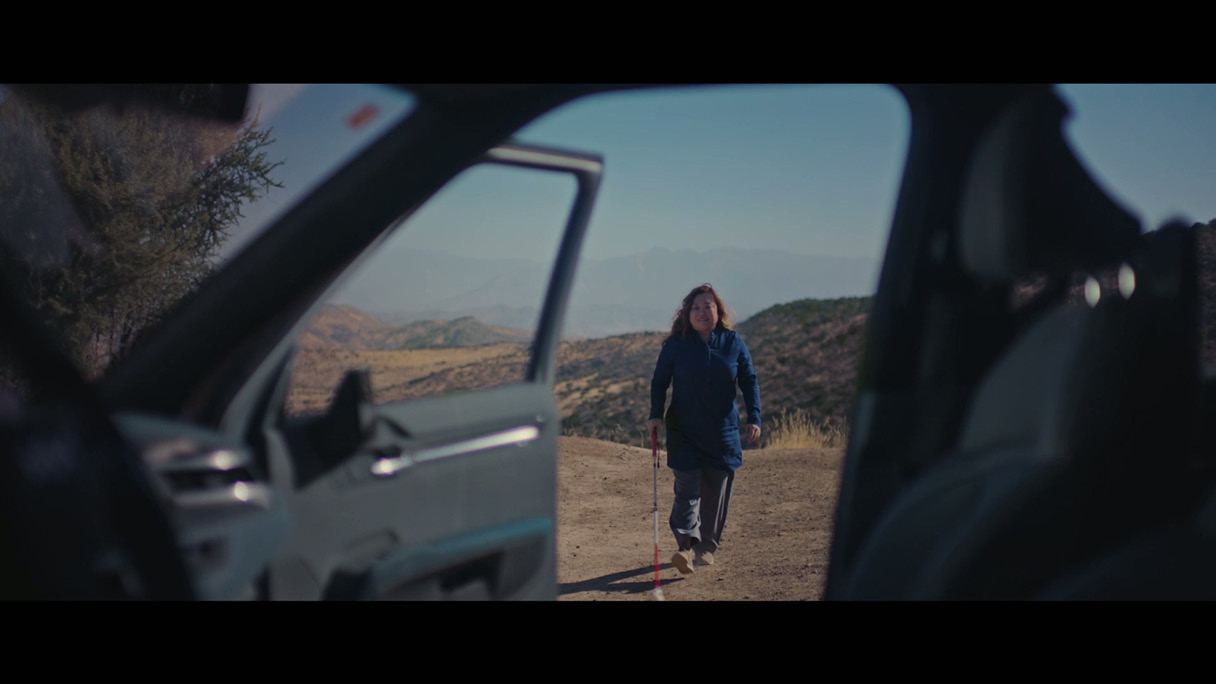
Anne lost her sight in her 30s. It was a dramatic life shift—but she learned to perceive the world in new ways. Together with Kia, she visited a desert canyon shaped by time, and had this to say:
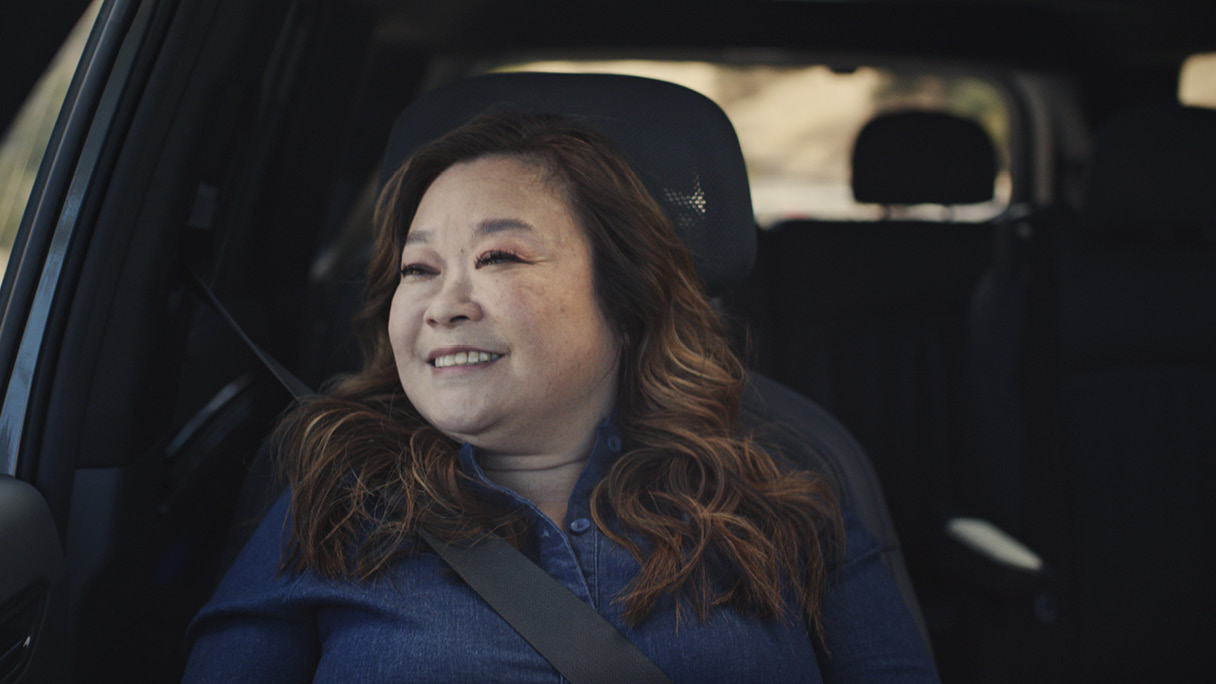
“I used to think that with no longer being able to drive, I've lost something. But I realized I could have a true passenger experience. I believe absolutely that this experiment can inspire so many people to get out there and enjoy the landscape through sound. Can you imagine how people can experience the world in a more immersive state and really appreciate each single moment?”

Danny, blind since birth, grew up learning instruments before he could even walk. For him, life has always been a symphony. Kia brought him to Emerald Lake beyond a canyon, and Soundscapes helped him hear the world’s harmony:
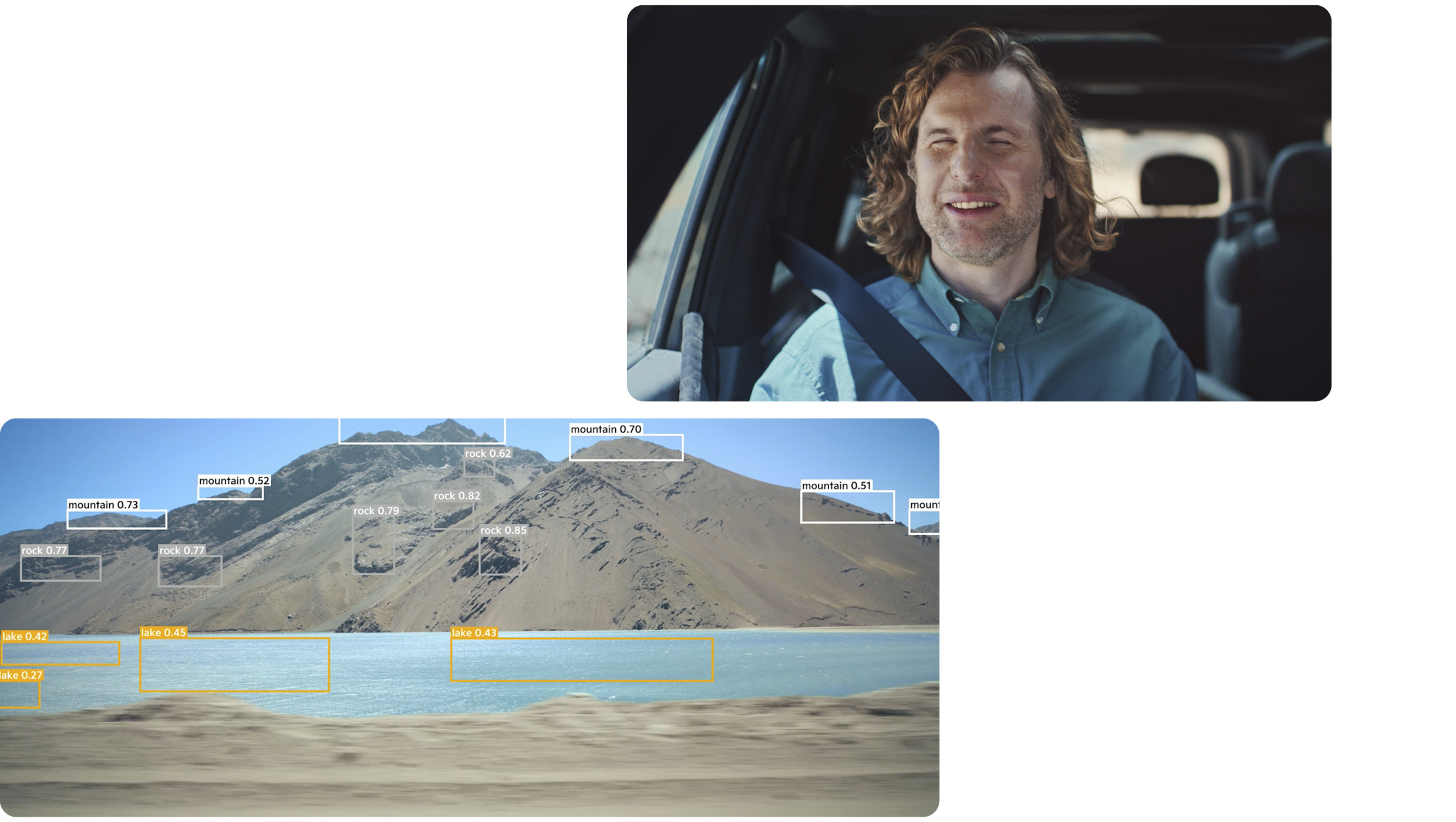
“I could really enjoy being a passenger and experiencing a road trip from a much different angle and a much different perspective than I ever have before. The most unexpected part of the experiment was to understand how a mountain on one side of a car and a lake on the other can make for such a beautiful harmony—two things that have nothing in common, yet need each other. That’s what music is, and that’s what life is. That’s why there’s harmony everywhere. And I got to experience that from a very different perspective than I ever have before.”
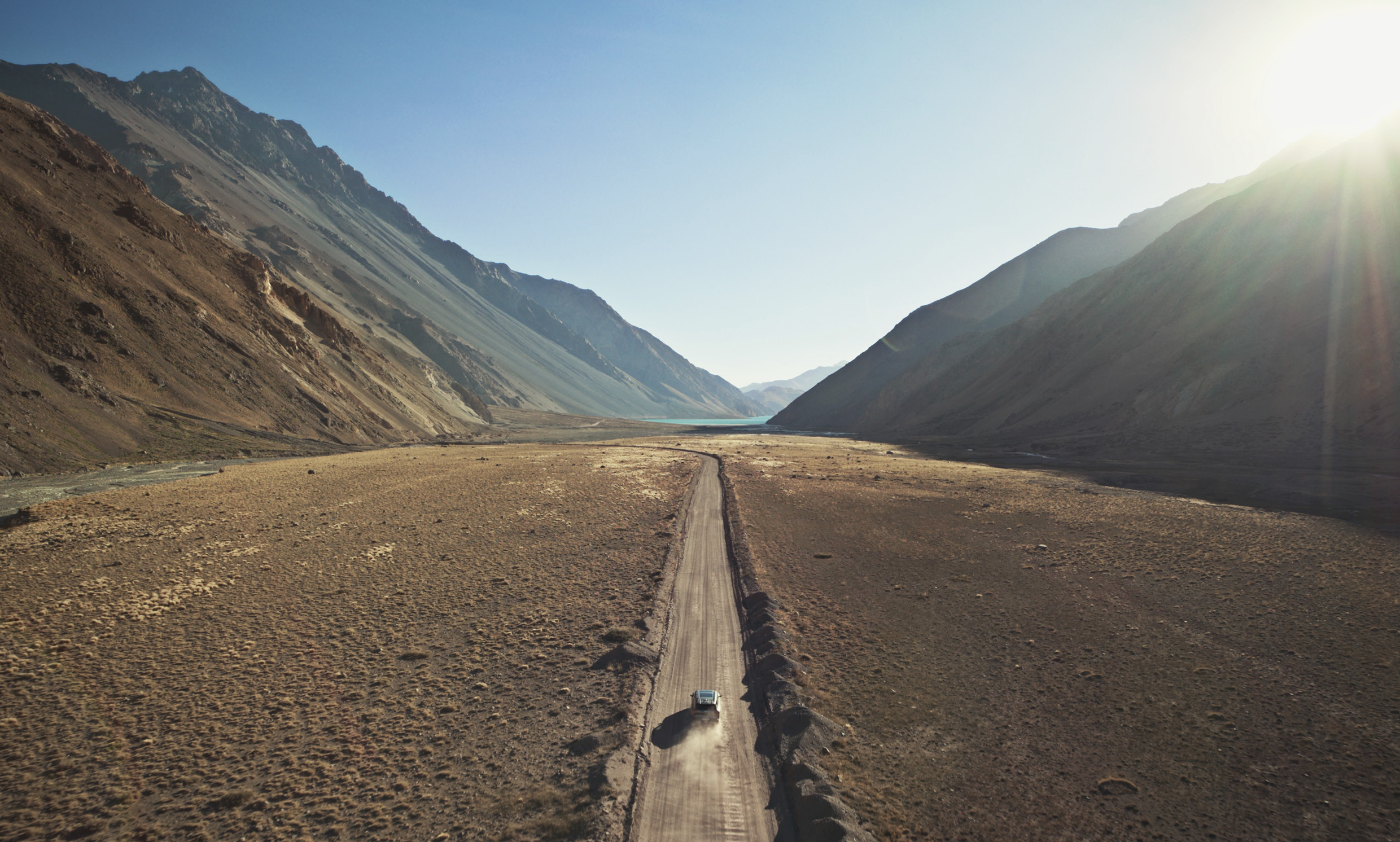
As Anne and Danny experienced, movement gives rise to inspiration and fresh ideas. Kia believes technology can make that inspiration accessible to all—so we can share and experience the world together. And with Kia Soundscapes, it’s only the beginning.